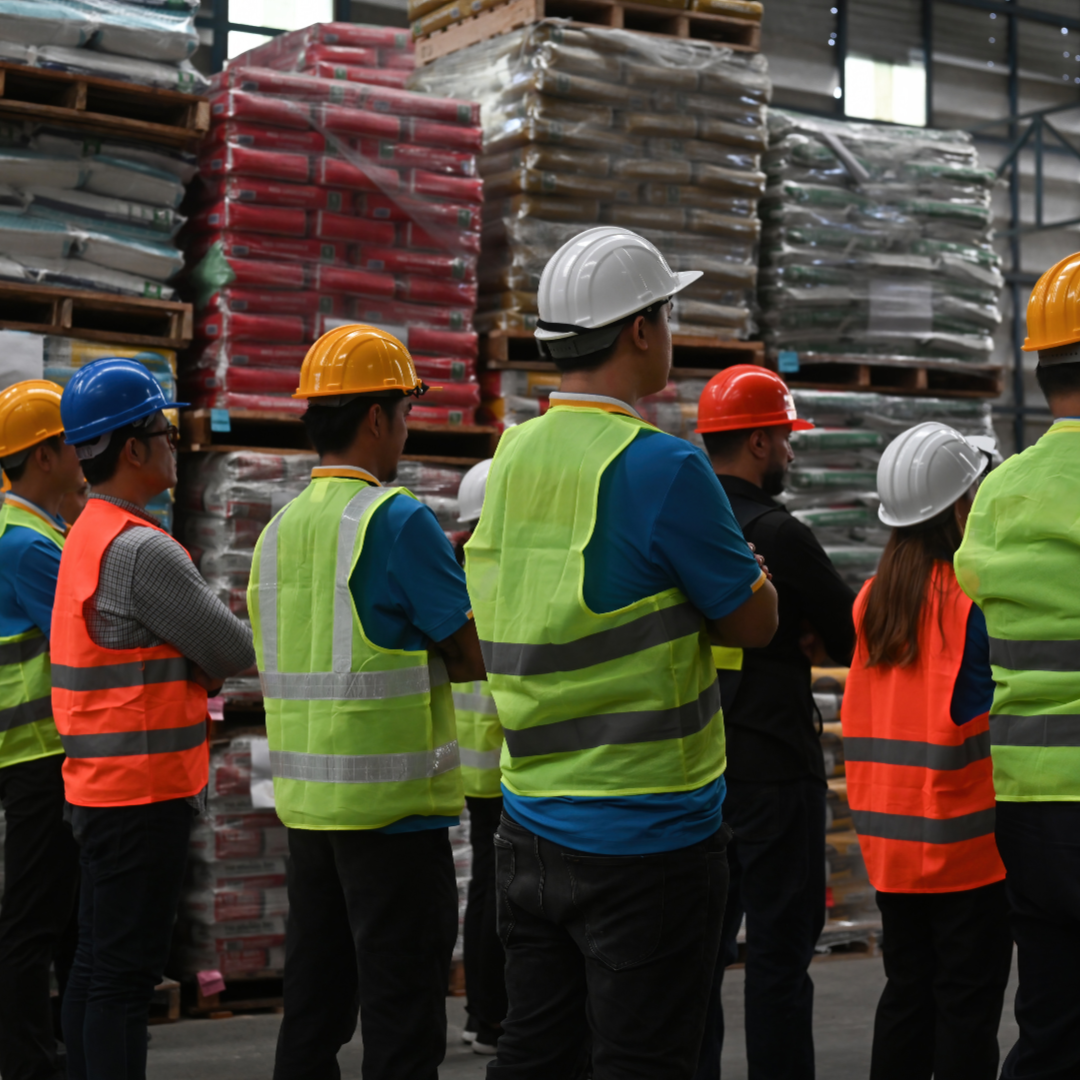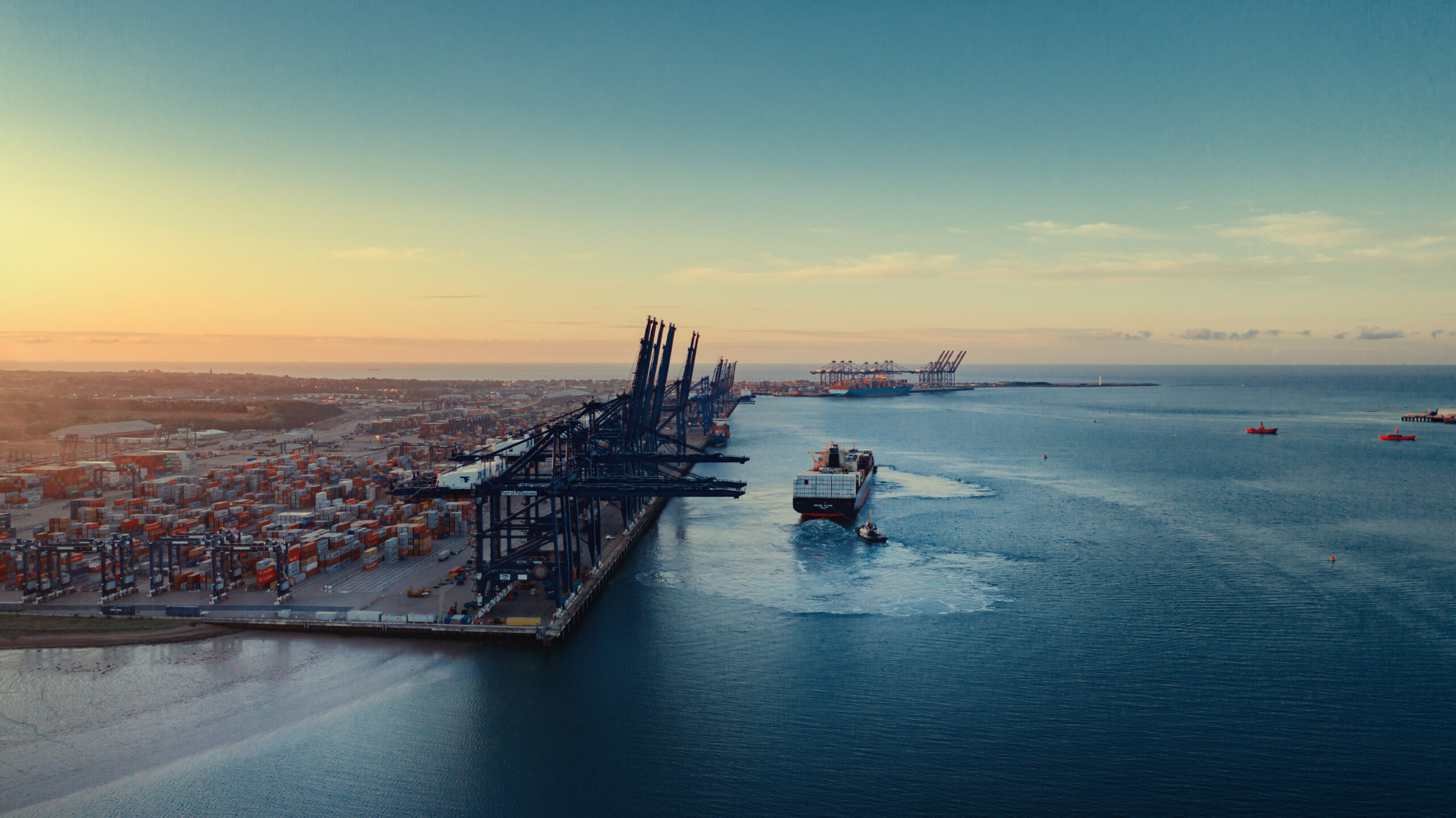
When shipping goods from one country to another, there’s one step of the process that can’t be avoided – customs clearance. Customs clearance is a very important aspect of international freight shipping as it plays a vital role in maintaining the safety and security of a country’s borders. This ensures that harmful or dangerous goods aren’t entering countries and only safe and legitimate items are reaching consumers.
There’re a lot of rules that come with importing and exporting goods however. Understanding them can get pretty confusing, especially as they differ from country to country. But that’s what we’re here for. Let us break down the customs clearance process and how you can navigate it with ease to ensure smooth and efficient logistics for your business.
Customs clearance is where officers from the relevant countries inspect goods and the corresponding documentation to ensure all shipments that are arriving or leaving are compliant with the customs regulations. This includes the safety, health and environmental standards of a country.
The customs clearance process will also ensure that all documentation is correct and that all duties and taxes have been paid.
Before a shipment can leave or enter a country, it will first arrive at customs. This is where a customs official will inspect the provided customs documents. Depending on the method of shipment that is being used, the customs document required can vary. For example, the documents that are used during the air freight process are specific to that method of shipment.
Import duties and taxes will then be calculated. The final charges are dependent on the types of goods, the value of them and the regulations of the country they’re being shipped to. Once these are paid by the shipper, final checks are then made on the goods to ensure they comply with local laws and regulations. The all clear is then given and the goods are free to make their way to their final destination.
Making sure that all of your paperwork and documentation is correct is vital in ensuring that the customs clearance goes smoothly. The most significant documents that are used in this process include:
● Commercial Invoice
● Bill of Lading
● Packing List
● Certificate of Origin
If documentation isn’t fully completed or even if it has the slightest mistake on it, customs won’t clear your cargo and it will instead remain in holding. Whilst here, you will incur extra holding charges. This will also cause delays to your shipment and you could end up missing your delivery date if this happens.
Import and export regulations change constantly, sometimes as quickly as overnight, and keeping track of what’s the latest can be difficult. The procedure that you followed during your last shipment may not be the case this time around.
That’s why it’s important to keep on top of the latest industry news, trends and developments to ensure that you’re not caught unaware and run into any problems.
Making sure that your cargo is packaged correctly and has the right labels on them is going to speed up the customs process significantly. This also means putting your documents in an easy to find location for custom agents. When clearing your cargo, a customs agent will also make sure that your packaging is durable and secure to avoid any damages or accidents during transit.
With an experienced and reliable freight forwarder at your side, this will make the customs process much more straightforward and easier to understand. A freight forwarding company is going to know everything there is to know about international trading laws, documentations and clearance requirements. Leveraging a freight forwarder to handle customs clearance on your behalf is going to save you a lot of time, allowing you to focus your attention elsewhere.
Understanding customs clearance and how to navigate it with ease is vital for anyone involved in logistics and international trade. Doing so will make the process much smoother and ensure that your goods are making it to their destination swiftly and securely.
Navigating this area of logistics with ease however can be daunting. You need a partner who understands the complexities of customs compliance and look no further than Jenkar Shipping.
At Jenkar, we’ll work with you to understand your business and your shipping needs to provide you with a bespoke and seamless solution. Our internal documentation team will take the hassle of understanding confusing paperwork and customs documentation off your hands and complete this for you, ensuring all the i’s are dotted and the t’s are crossed.
With years of experience in the industry, we pride ourselves on our ability to streamline the customs clearance process, minimising delays and reducing the risk of unexpected costs. Our team stays up to date with ever-changing customs procedures and maintains direct links with the majority of UK sea and air ports, giving you peace of mind that your shipments are in expert hands.
Discover the difference of experienced and seamless customs clearance with Jenkar Shipping. Get in touch with a member of our friendly team today to start your journey today.
Stay up to date with the latest trends, news and updates in the freight forwarding industry to ensure that your logistics operations are always optimised for efficiency.
 The Most Important International Shipping Laws and Regulations You Need To Be Aware Of
The Most Important International Shipping Laws and Regulations You Need To Be Aware Of
International shipping laws and regulations are important for the facilitation of global trade and without them, the movement of goods across borders would be inefficient and quite frankly, chaotic. With these laws in place however, the transportation of goods, documentation requirements and safety regulations are standardised to ensure security at borders and efficient international trade. […]
Read More U.S. Dock Workers Commence Strike Across Ports on East and Gulf Coast
U.S. Dock Workers Commence Strike Across Ports on East and Gulf Coast
As of Tuesday 1st October, dock workers at ports across the U.S. East and Gulf Coasts are onstrike against their employers. The strikes come as a result of negotiations between TheInternational Longshoremen’s Association (ILA) and U.S. Maritime Alliance (USMX), where both organisations have been trying to settle on a new master contract. The ILA have […]
Read More Changes To GB Safety and Security Import Controls Suppliers Need To Be Aware Of
Changes To GB Safety and Security Import Controls Suppliers Need To Be Aware Of
The Changes From 31st October 2024, Safety and Security (S&S) declarations will now be required for all goods being imported from the EU, not just animal, plant or plant-based products. This means that imports from the EU will now be subject to the same control measures as imports from the rest of the world. These […]
Read More